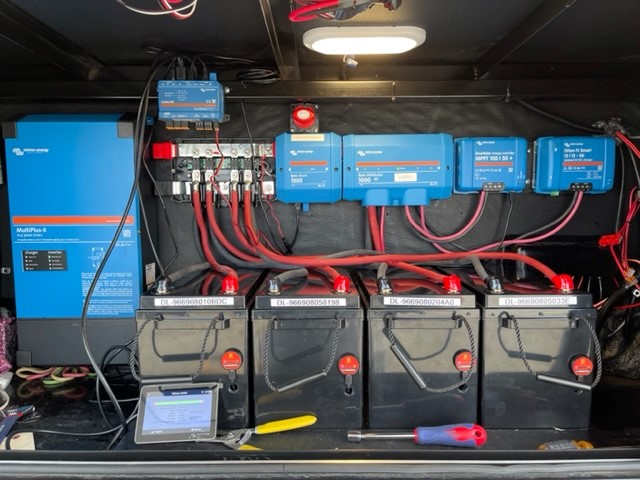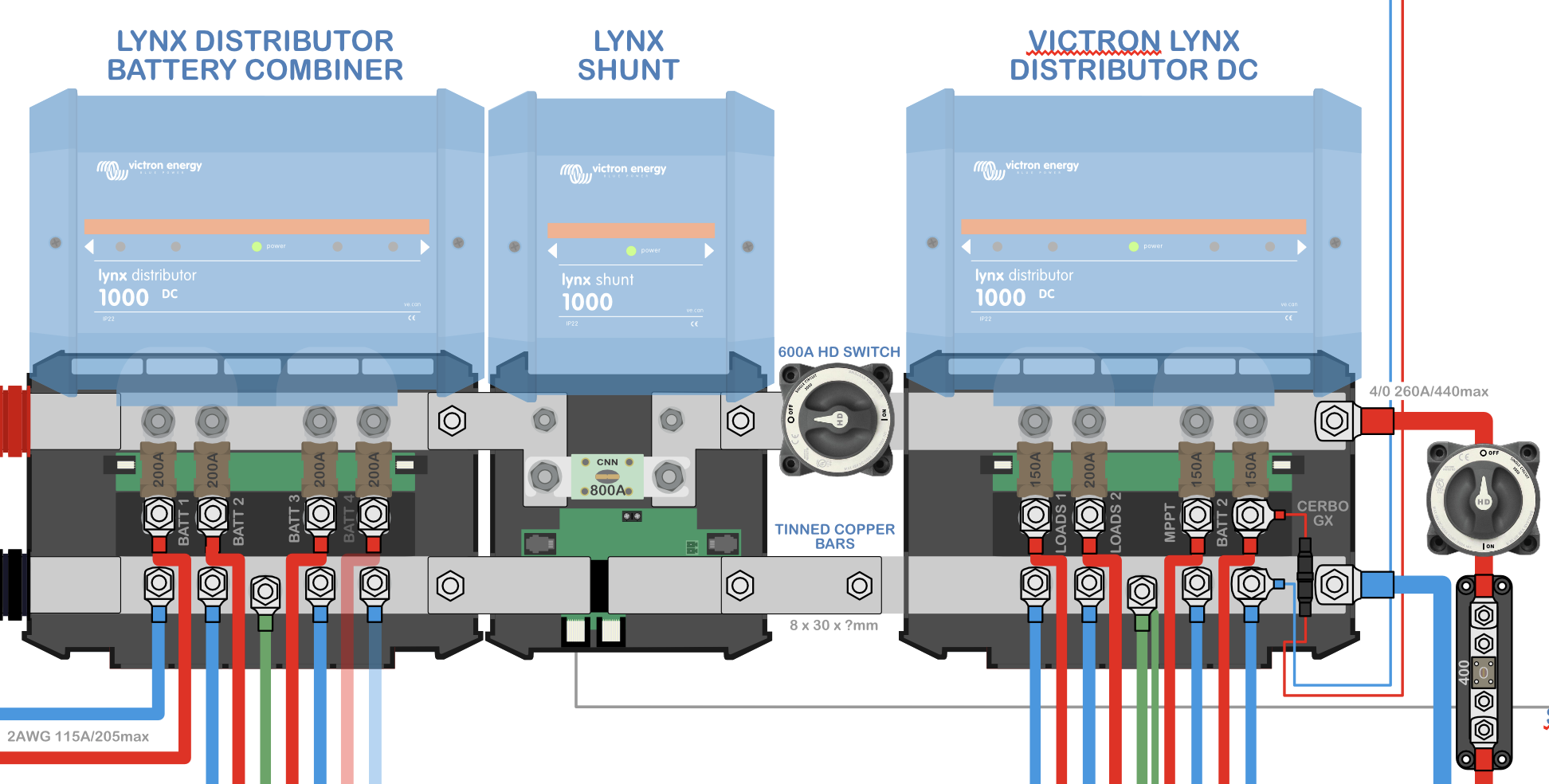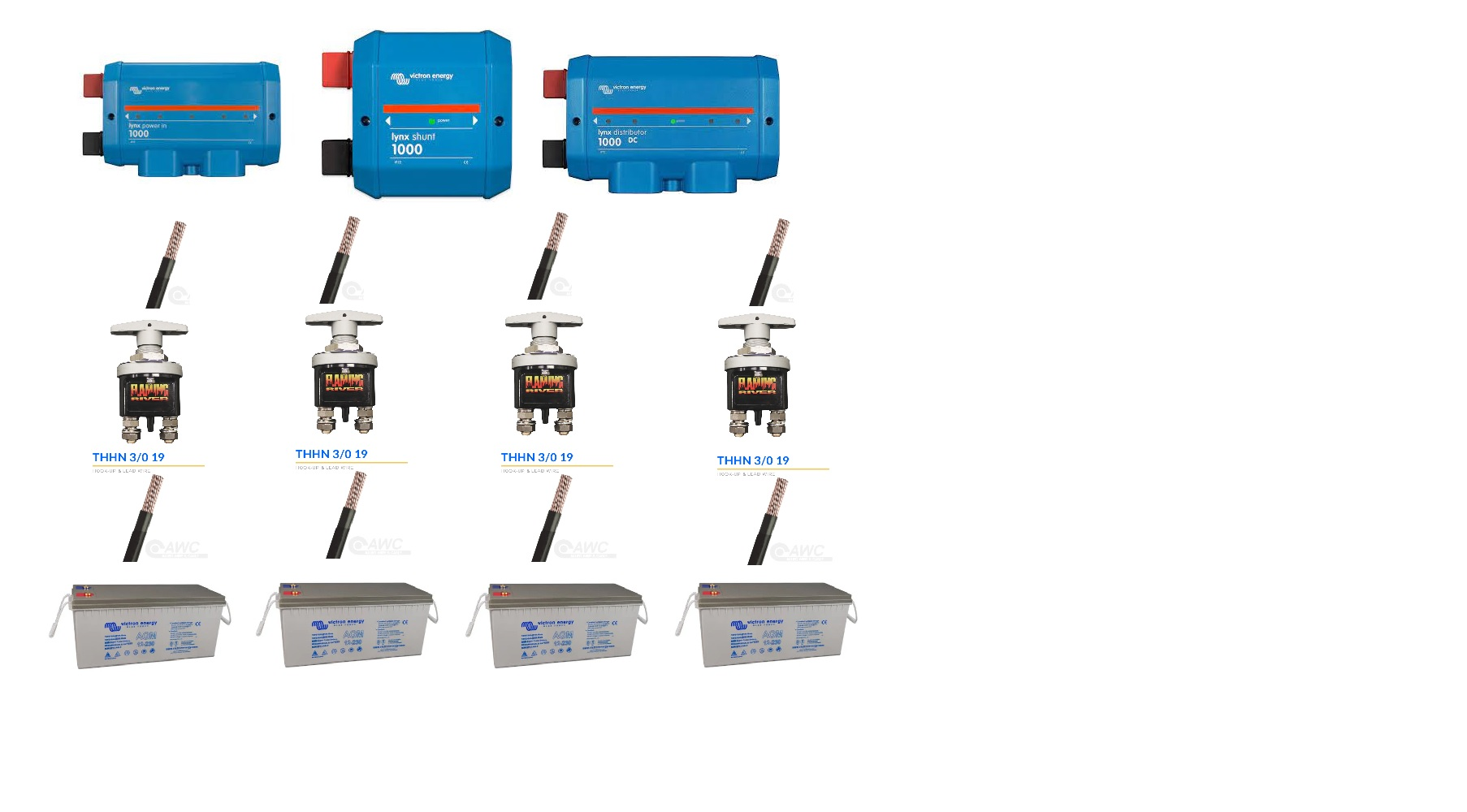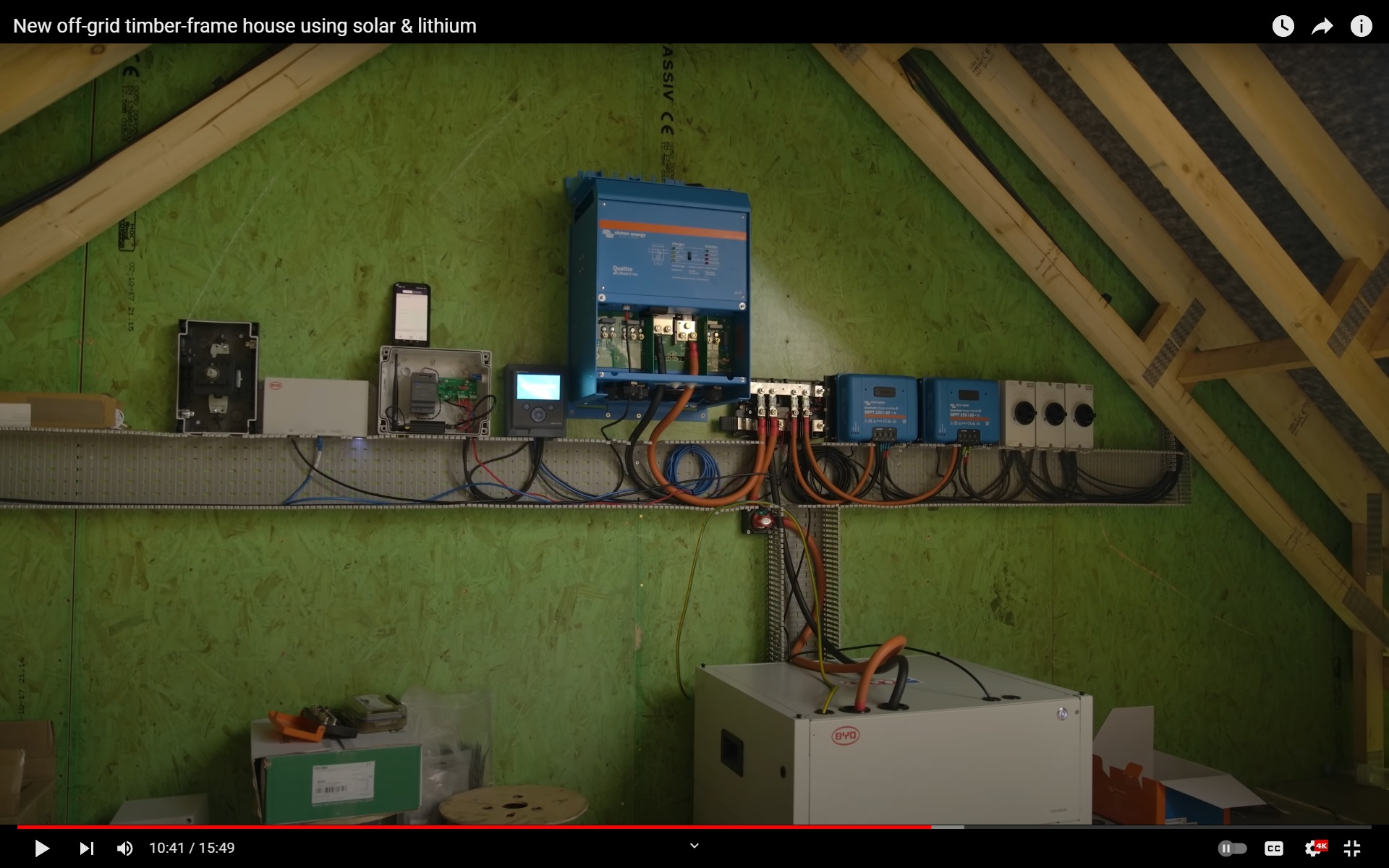I am planning a setup to use a Lynx Distributor for batter input, then Lynx Shunt, and another Lynx Distributor to the loads. Management will be a Cerbo.
Question: In such a configuration what are people doing for emergency battery disconnect switching?


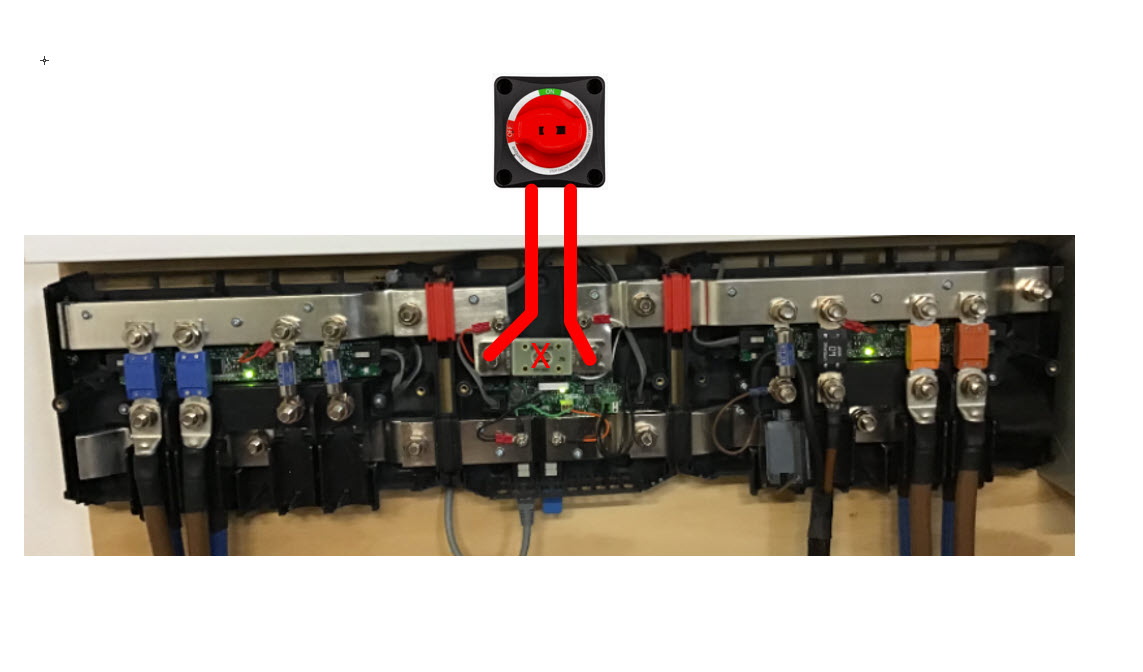 As long as the batteries are on the left side Distro the shunt would always have power. And shouldn't loose the SOC. It would just be like a blown fuse when you turn it off!!
As long as the batteries are on the left side Distro the shunt would always have power. And shouldn't loose the SOC. It would just be like a blown fuse when you turn it off!!